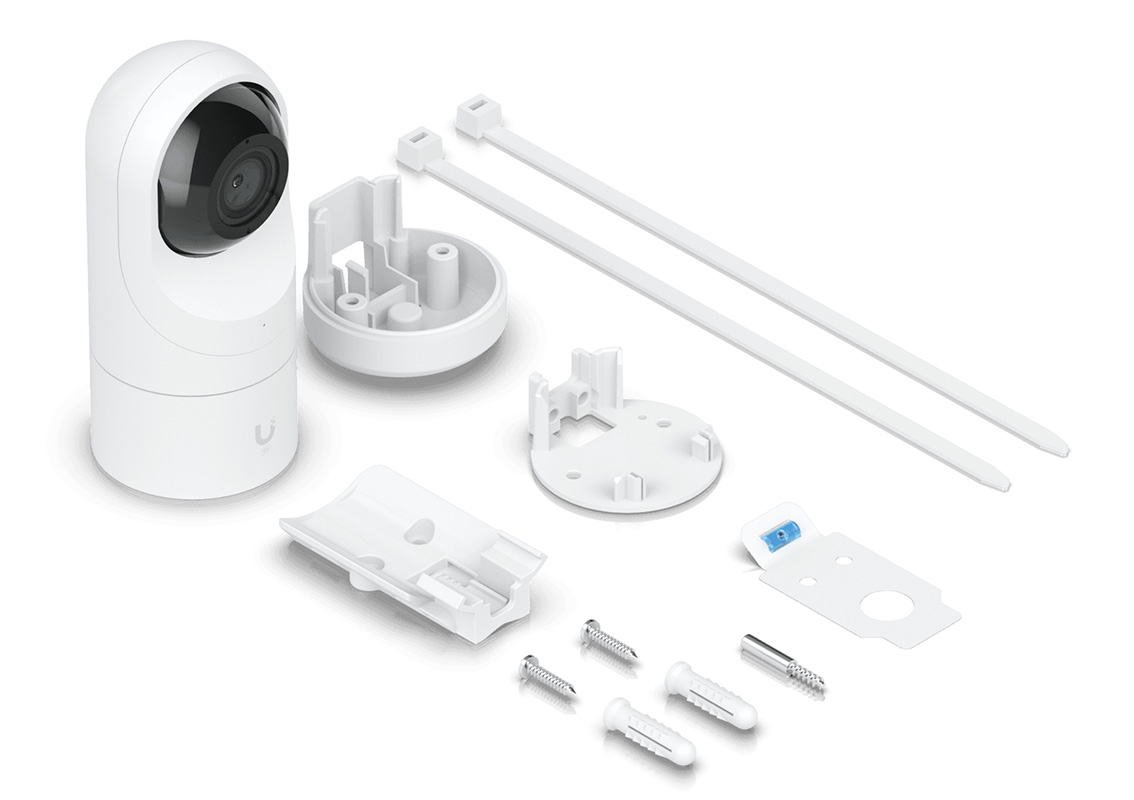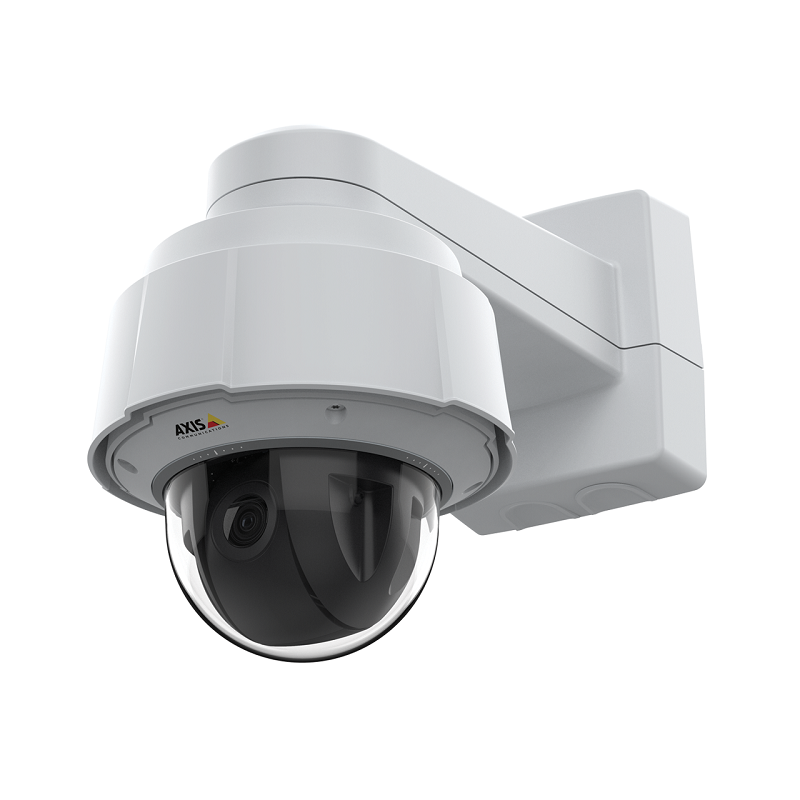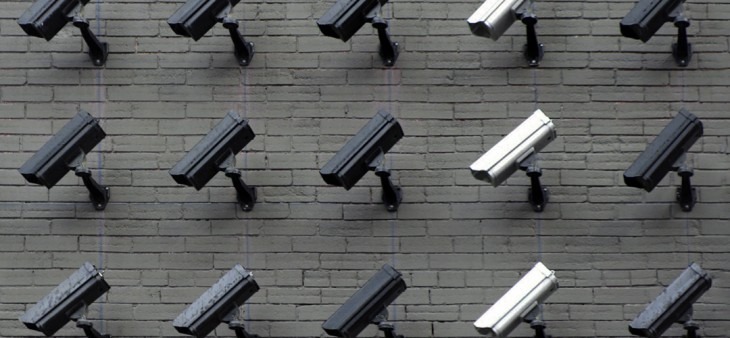
Setting up a security camera system can be confusing and expensive. This guide will help you choose the right IP cameras for your business.
Key Takeaway:
- IP cameras offer high-quality video surveillance for businesses.
- Consider your security goals, recording quality, and budget when choosing cameras.
- Night vision, weatherproofing, and vandal resistance are important features for outdoor cameras.
What type of IP camera is best for a business?
The best IP camera for a business depends on its specific needs and security goals. Some factors to consider include:
- Recording quality: Higher megapixel cameras provide better resolution and detail.
- Recording angle: Choose a camera with a field of view that covers the desired area.
- Real-time streaming: Some cameras allow you to view footage remotely in real-time.
- Indoor/outdoor: Choose a camera that is weatherproof for outdoor use.
- Night vision: Important for capturing footage in low-light conditions.
Security is essential for a business of any size.
You want to keep your employees safe and your insurance premiums low.
But setting up a camera system can be expensive and confusing – even if you hire an installer.
Setting out on this project with some insight can help you set up your own system or work with an installer.
This guide is going to go through everything you need to know about buying IP cameras – from what’s on the market, to what you need to make them work.
Contents
- What is an IP Camera?
- Quick Definition Guide
- Analogue vs IP Cameras
- Considering your security goals
- Things to consider when buying an IP Camera
- What laws need to be considered?
- What are the different types of IP Cameras?
- Which are the major IP camera brands?
- How do I choose an IP Camera?
- Which are the best IP cameras for Business?
- Do I need a Network Video Recorder (NVR)?
What Is An IP Camera?
An Internet Protocol (IP) Camera is a digital video camera that sends and receives data via a network, such as a LAN or the Internet. Usually, these cameras will have their own IP addresses.
Quick Definition Guide
As with most technologies, IP Cameras come with their own vocabulary. Knowing some of the key terms can help you understand what’s on offer.
Closed-Circuit TV: The older, analogue way of running surveillance cameras.
Digital Video Recorder: A device that converts analogue video to digital and stores it on a hard drive after compressing the footage. DVRs must be wired to the cameras.
Ethernet: A standard technology for transferring data and power in a Local Area Network
Field Of View: The area covered by the camera. Some cameras have a narrow field of view, others wider. Each type of Field of View will have a specific function.
Frames Per Second (FPS)/Frame Rate: The Speed at which images are captured or displayed. Films usually show at 24fps, whereas live sports and security cameras will show at 60fps.
Internet Protocol (IP): A way of transferring information. Data is divided into packets, which are sent to specific IP addresses.
IP Address: Unique address of a network device, such as a computer or camera.
Lux: A standard measurement for illumination.
Megapixel (MP): A standard unit of measurement for pictures. The higher the number of megapixels, the larger the picture and the better the resolution will be.
Motion Detection: An application used by IP Cameras to detect movement in the camera’s view. This usually triggers events, like recording, video streaming, or automating an IoT device.
Network Video Recorder: Takes video footage from a network to record and store on a hard drive. NVRs can receive footage through wires or wirelessly.
Power Over Ethernet (PoE): Technology which transmits enough power for a small device through an Ethernet cable
Resolution: How much detail an image can hold. The higher the resolution, the better quality the picture and the more detail you will be able to see.
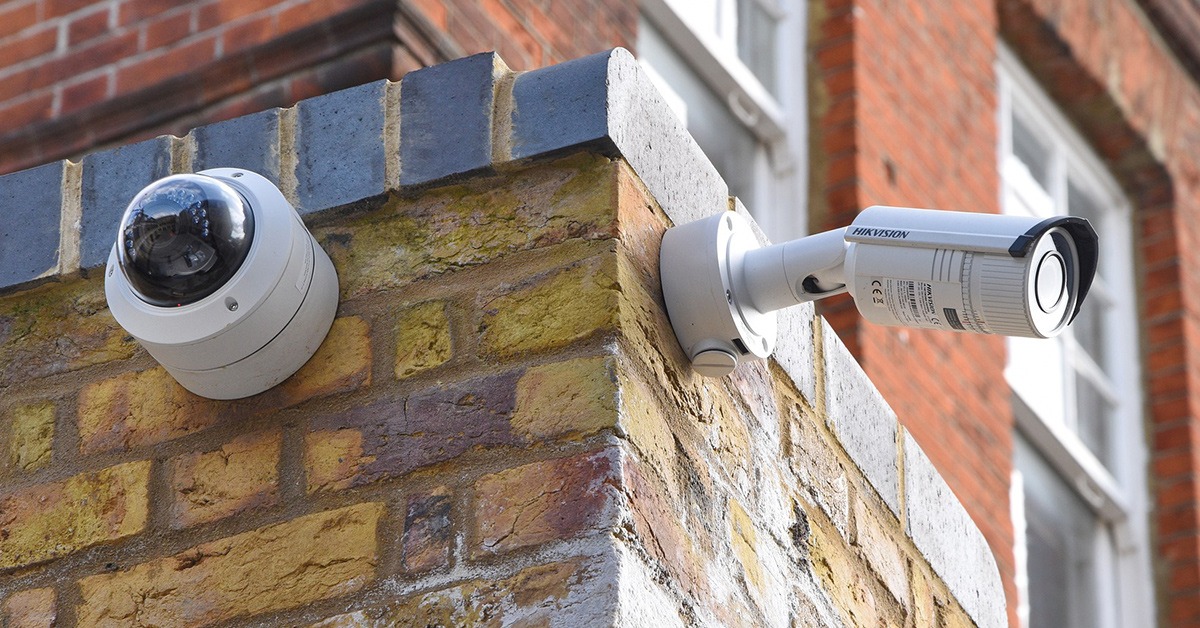
Analogue Vs IP Cameras
| Analogue | IP Cameras |
| Up to 2MP | Up to 12MP |
| Connects directly to DVR | Connects to NVR via network |
| High initial cost | Low initial cost |
| High operating cost | Low operating cost |
| Closed to a limited number of views | Anyone can be given access |
IP cameras look and operate in the same way as traditional cameras. Except the data is transmitted digitally via a network, through ethernet cables or WiFi – which often means a higher quality picture for a lot less money.
As they transmit the images digitally, it allows for analysis and machine learning to be applied to the footage. Most mid-level cameras will have motion detection and event alerts as standard, allowing you to be immediately notified if something is happening in shot. Higher-end cameras have Number plate recognition, face detection, object counting and more.
Most IP Cameras take advantage of Power over Ethernet, which is a technology that can power devices using Ethernet cables – the same cables that will transmit the video data. Which means you only need to run one cable to the camera and you won’t need an electrician to connect it to the mains.
Considering Your Security Goals
The first step in any buying journey for cameras is working out what you want to monitor and why.
Take a walk around your property and look at the areas that need to be monitored.
Think: “If a break-in or incident were to happen, what information would I need to give to police to catch the people who did it?”
It’s a horrible thought, but it’s one that needs to be asked.
Usually, it’s how they got in, who they are, and what they did.
An obvious place to start is the front door. Do you need a camera on the outside or inside? Or Both? Where would a camera need to be?
If you have a car park in front of your property, would a camera be needed to monitor the car park?
You also need to protect your team too. If your business has a public-facing staff, then having a camera that has a clear view of them and their work areas will be paramount.
You should also speak to your staff and any local patrol officers. They may notice things that you haven’t.
What to Consider When Buying An IP Camera
There are a million cameras on the market. All have varying degrees of quality, functionality and performance.
While it might be tempting to blow all your money on the most expensive cameras your budget can buy, it’s not actually the most practical approach.
So here are a few things to consider when buying an IP Camera.
1. Recording Quality
The vast majority of IP cameras offer HD recording at 60fps. This will give you a high enough resolution to identify the details of the video.
A low-end IP Camera will be around 2MP, which is a decent amount for general surveillance.
But if you need detail, for faces or number plates, then a 12MP camera will be a better option.
2. Recording Angle
Cameras have different fields of view for different purposes. Sometimes, you need a wide-angle to see general comings and goings, such as an overview of a warehouse or car park. Other times, you might need a small area, such as a doorway or safe.
3. Real-Time Streaming
Most IP Cameras will allow you to view video footage in real-time from a computer. But some cameras enable you to view the footage from a tablet, phone or another device away from your business in real-time. This means you can watch events unfold from wherever you are – or check-in for peace of mind.
4. Indoor Or Outdoor
Most security cameras are designed with certain conditions in mind. Not every camera will be suitable for outside. Always check to see if the camera is designed for outdoor use. For any camera in a public space, you’ll also want to get Vandal or Tamper-proof casing.
5. Night Vision
Most crimes will happen at night. So you’ll want to make sure your camera can see. Many cameras have a night vision setting.
These night vision settings usually rely on Infrared, which means you should avoid putting them behind glass. Glass causes the infrared to reflect and distort the vision of the camera, if not blinding it completely.
What Laws Need To Be Considered?
The UK has strict laws when it comes to security and surveillance cameras. Most laws are designed to keep the balance between surveillance and privacy invasion.
By law, you must:
- Display clear, visible signs telling people they are being recorded
- Use cameras only where relevant to your business. i.e. for security, and not to be nosy
- Keep all footage secure and compliant with GDPR
- Only keep data for as long as it is legitimately needed, i.e. until a police matter is completed.
- Maintain an audit trail, with privacy impact assessments (PIA), data handling policy, and system assessments.
- Respond to requests for personal data within 30 days
For a full list of legal requirements, take a look at the Gov.UK website
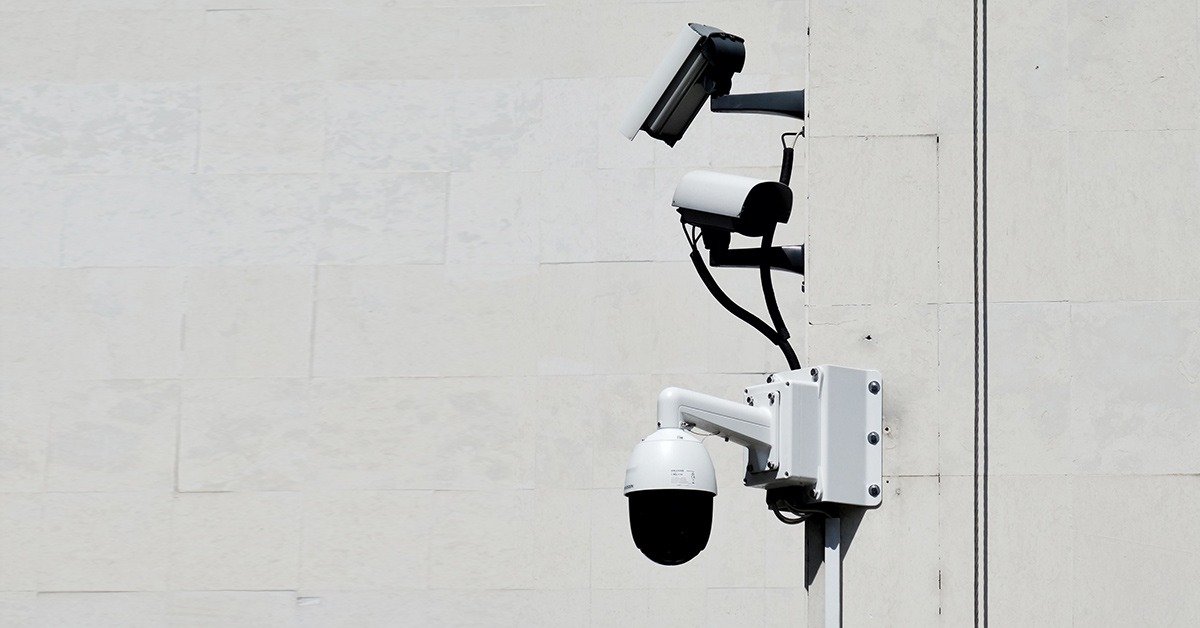
What Are The Different Types Of IP Cameras?
Dome IP Camera
The dome cameras are the most used. These can be used indoors and outdoor. The cameras have a small field of view, but because of the design, it’s difficult to tell where the camera is focused. They are brilliant as deterrent cameras.
These cameras usually come with a tamper or vandal-proof casing, making them a great choice in many locations.
Shop Dome Cameras
Bullet IP Camera
The most iconic style of cameras. As they are instantly recognisable, they act as a great deterrent. They are most commonly used in outdoor settings and usually have a strong casing.
They have a fixed focus point with a small field of view so you may need multiple cameras.
Shop Bullet Cameras
Cube IP Camera
Cube cameras are discreet cameras designed for Indoor use. The field of view varies, depending on what area you are looking to cover. These cameras are perfect for meeting rooms or offices.
Shop Cube Cameras
What Are The Major IP Camera Brands?
There are many camera brands on the market. But you’re going to want reliable cameras. So knowing some of the top brands on the market is going to be key to your success.
Axis
Axis have been the leading camera brand for many years. They were also a big player in the move from analogue to IP. Since they began in 1984, Axis has sold over $1.2 billion in cameras. They have a high-quality range with state of the art technology.

TRENDnet
TRENDnet is an award-winning provider of security equipment. They provide high-quality but cost-effective solutions that are trusted by small-to-medium businesses all over the world.
Ubiquiti
Ubiquiti is a powerhouse of network technology. Their name is already synonymous with network systems, and they are making their name in Cameras now too. Their cameras come with unlimited free use and remote accessibility as standard.

D-Link
D-Link offers end-to-end IP camera solutions for SMBs. Their high-quality and reliable cameras integrate perfectly with their range of switches, routers and firewalls, giving you a seamless solution.
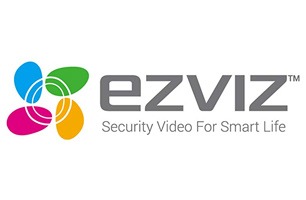
Ezviz
Ezviz is perfect for monitoring smaller areas, such as shops, office buildings, and home offices.
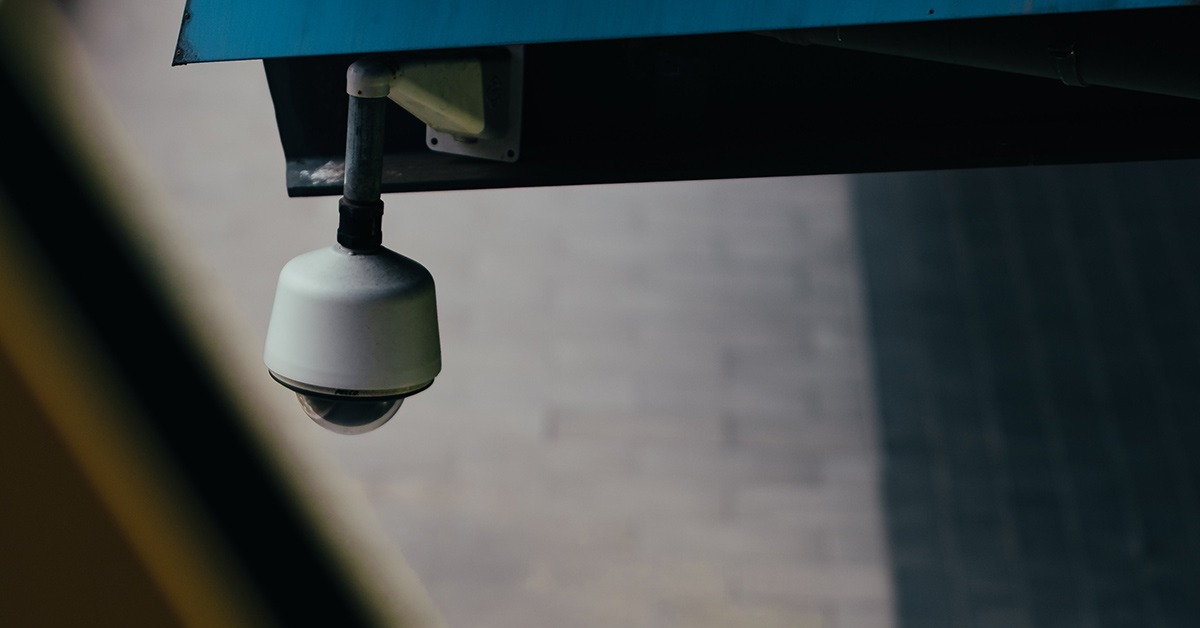
How Do I Choose An IP Camera?
There are a few questions that you should ask yourself when buying a camera. Here are a few considerations to help you choose.
Will The Cameras Be Inside Or Outside, Or Both?
Most cameras will be marked as Indoor or Outdoor. Some might be designed for both.
If you are redesigning an entire network, you might want to keep all cameras exactly the same. This can make it easier to perform maintenance, manage warranties and train people to use them. If this is the case, then you’ll want a selection of cameras that work both inside and outside.
If you are happy to run different types of cameras, look for ones specifically for outside or inside. Cameras designed for external use tend to be more rugged so that they can cope with adverse weather conditions. Indoor cameras tend to be lighter and slimline to suit indoor areas.
Do You Need Discrete Cameras Or A Visual Deterrent?
Cameras are a brilliant deterrent for crime. For example, crime has decreased by 51% in car parks using CCTV surveillance, as seen here. If you’re looking for a visual deterrent, then picking the most prominent, bulkiest bullet camera is going to be a great shout.
If you are looking for something more ambiguous, then a Dome camera might be for you. While they have a single focus point, it’s difficult to know which way they are pointing.
If you need something a little more discreet, such as for inside a listed building or an event space, then a smaller cube camera will be more suitable.
Some cameras come with covers, to help disguise them even more. Just remember that you still have to tell people they are on camera, even if the cameras are discrete.
What area do you need to cover?
By working out what kind of area you need to cover, you can work out which camera you need. For example, a single camera with pan, tilt and zoom capabilities can cover a large area. Operators can zoom in to activities that interest them.
However, you might need a much more focused camera, in which case a camera with a small field of view will be better.
What camera quality do you need?
Smaller rooms will need a lower resolution unless the room is considered a high-security room. Offices, corridors, and other small spaces will need a lower-resolution camera. Outdoor or large rooms will need a higher resolution in order to pick up more details.
As lower-resolution cameras are cheaper, you can save a lot of money by keeping high-resolution cameras where you need them most.
How bright or dark will an area be?
Will your camera need to work at night? If yes, then you’ll need to make sure the camera has night-vision capabilities. If your camera is going to be in a well-lit area, or only needs to work during the day, then you can forgo this requirement.
Top 5 Best Selling Cameras for Businesses
5. Axis 01710-001 Q6100-E 50HZ Network Camera
Features:
- 360° camera with one-click PTZ control
- 4 x 5 MP sensors, total 20 MP resolution
- Exchangeable and tiltable lenses
- Requires an AXIS Q61 Series or AXIS Q63 Series camera
- Directional audio detection included
Buy AXIS Q6100-E Network Camera
4. TP-Link VIGI C540(4MM) VIGI 4MP Outdoor Full-Color Pan Tilt Network Camera
Features:
- 4MP High Definition: The camera comes with 4MP–more than enough pixels to pick up some of the more discrete details.
- 24h Full-Color: Obtain 24-hour color details, even in pitch-black conditions, via high-sensitivity sensor and included spotlight LEDs.
- Powerful Pan Tilt: Customized patrol routes and auto tracking provide more intelligent options to monitor key areas and improve security within your property.
- Waterproof: Reliable IP66 for stable outdoor performance.
- Smart Detection (human detection, motion detection, area intrusion, line-crossing, video tampering): Receive notifications and check feeds when someone crosses a boundary, enters an area you’ve set, or obstructs the camera.
- H.265+: Without using any extra bandwidth, your cameras transmit compressed crystal-clear video to save disk space, ease network loads, and reduce monitoring costs without sacrificing image quality.
- PoE/12V DC: Two power supply ways not only give you more convenience but also make your wiring remarkably easy.
- VIGI App: Manage your security from the palm of your hand with the VIGI app.
Buy VIGI C540(4MM)
3. Ubiquiti UVC-G5-Flex Indoor & Outdoor Ceiling/Wall/Desh Dome IP Camera
Features:
- 2K (4MP) video resolution
- Versatile table or ceiling mounting
- 6 m (20 ft) IR night vision
- AI event detections
- Connect and power using PoE
- Record audio with an integrated microphone
- Weather-resistant (outdoor covered)
Buy UVC-G5-Flex
2. Axis 02147-002 Q6078-E 50HZ Outdoor PTZ Camera with UHD 4K
Features:
- Outdoor-ready PTZ with UHD 4K
- UHD 4K with 20x optical zoom
- Outstanding images with great details
- Zipstream with support for H.264/H.265
- AXIS Object Analytics
- Built-in cybersecurity features
Buy AXIS Q6078-E PTZ Camera
1. Ubiquiti Networks UVC-G4-PRO security camera IP security cam
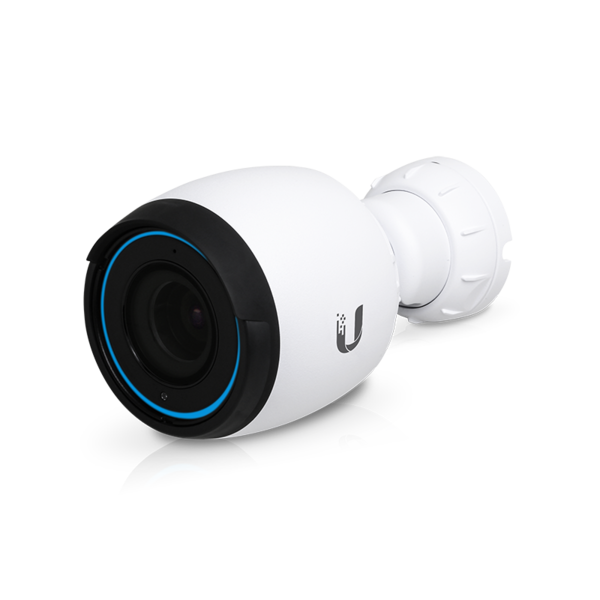
Features:
- 4K Video
- Powered 3X optical zoom lens
- Integrated 3X powered zoom lens (Focal length 4.1mm ~ 12.3mm)
- H.264 triple-stream encoding
- FOV (H: 110?~35 ? V:60 ? ~20?)
- 3840×2160, 1/2″, 8MP sensor
- IP67 support
- Wide angle IR LED for night vision
Buy UVC-G4-PRO
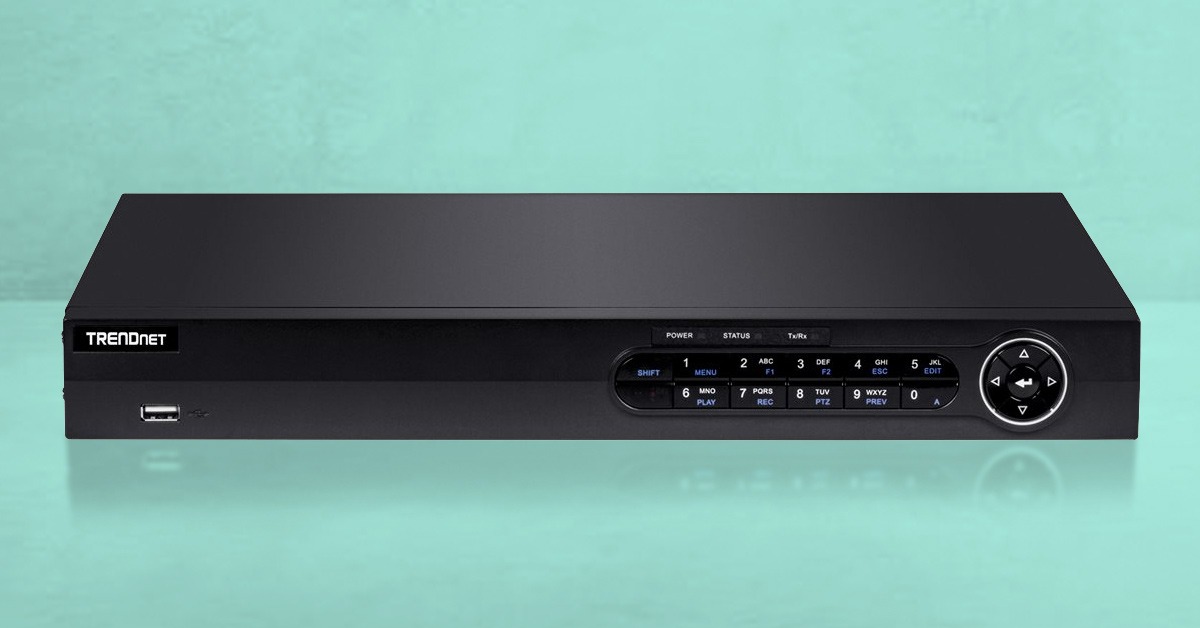
Do I Need A Network Video Recorder?
Not necessarily.
In the old days of CCTV, having a Digital Video Recorder was vital. But as IP technology grows, having a separate video recorder isn’t always necessary.
If you have a small setup with one or two cameras, then you can probably get away with storing the footage on an SD card in the camera. Some IP Cameras have SD card slots, and storage on these cards is increasing all the time. 1TB cards are already on the market, which is ample space for a few days of recording.
If you have a bigger network of cameras, then an NVR can make the storage process simple. Many integrate well into existing networks and help pull everything together. Many NVRs allow viewing to happen through the NVR via a HDMI cable, so you don’t even have to have a dedicated computer.
Roundup
The surveillance industry is growing all the time. There are always new brands and new technologies on the market, along with new legislation.
The Comms Team is happy to help with any questions you have regarding your setup. Either browse our range of cameras or contact our experts for more information.

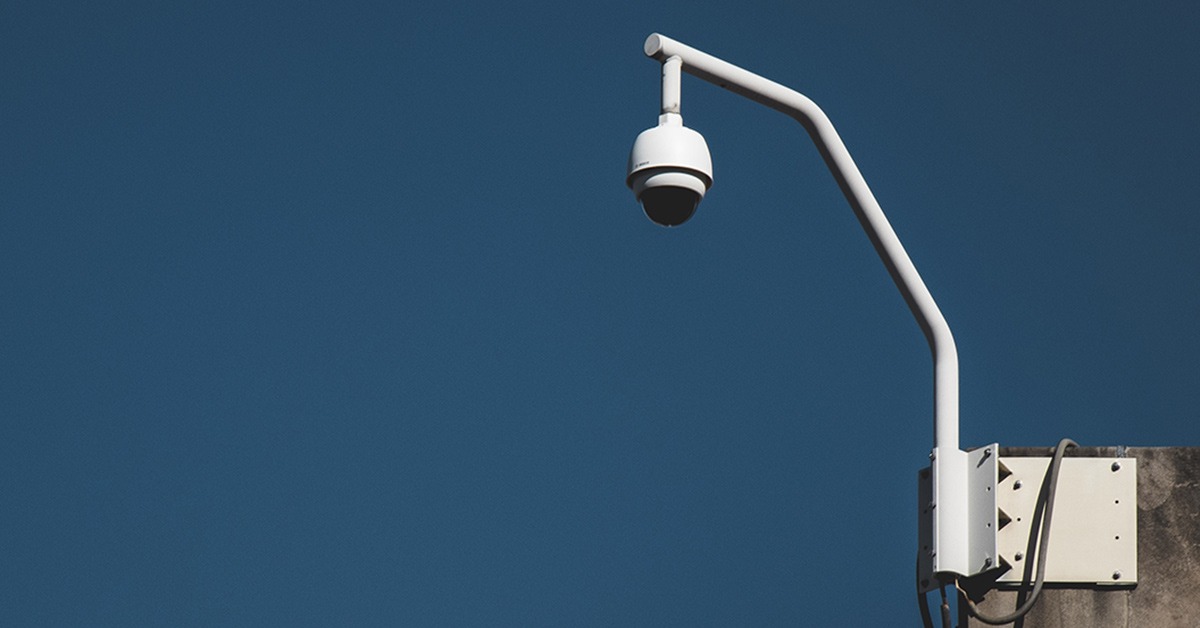
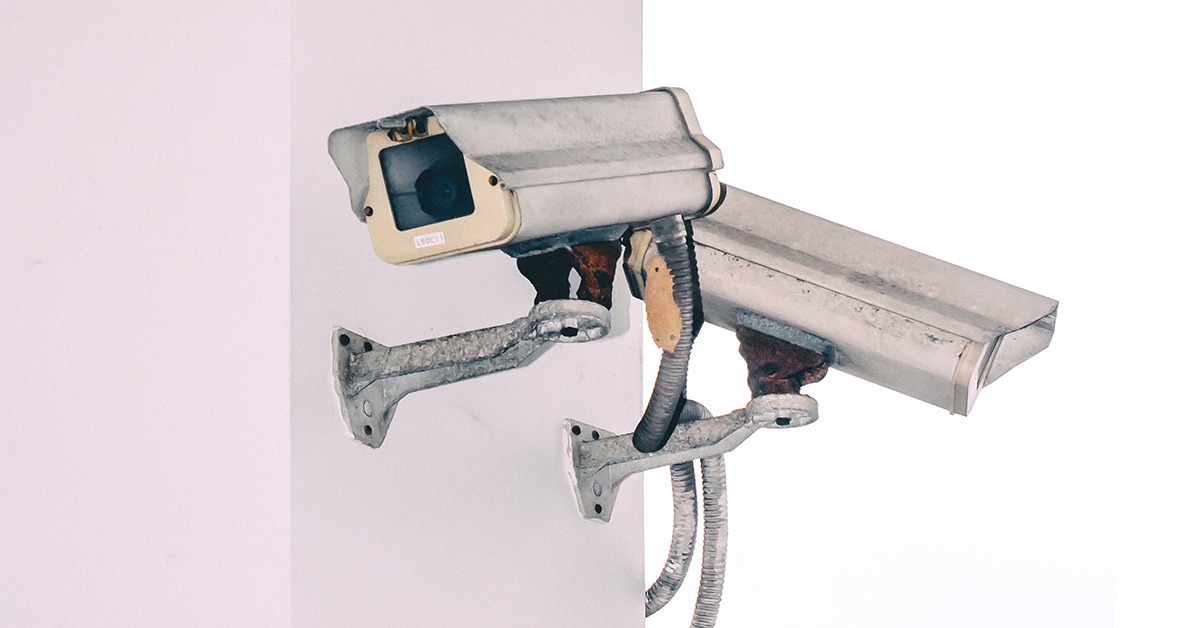

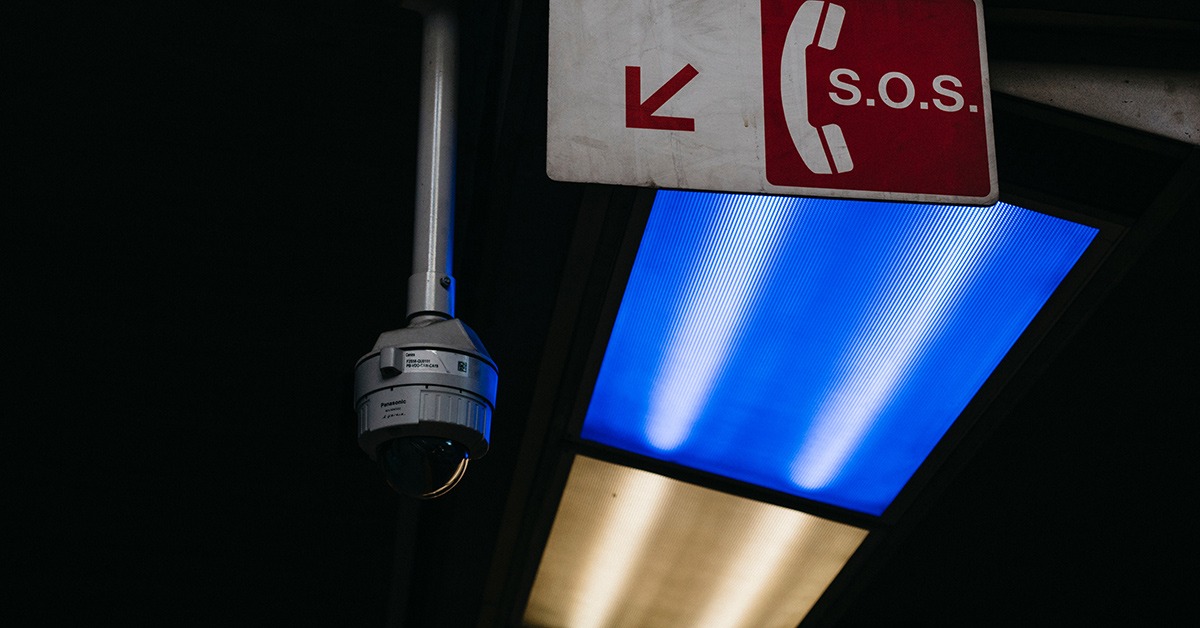
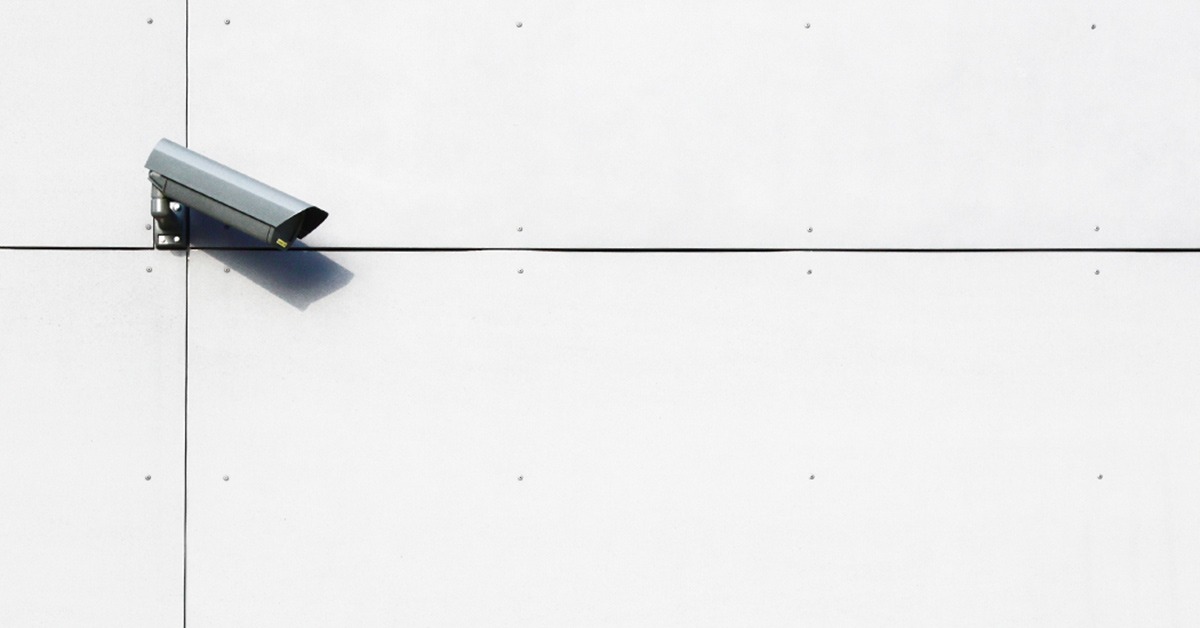
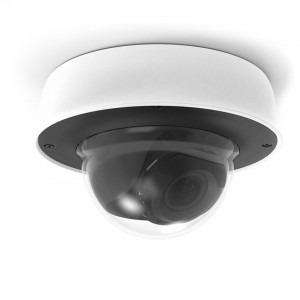
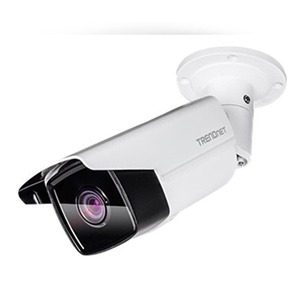
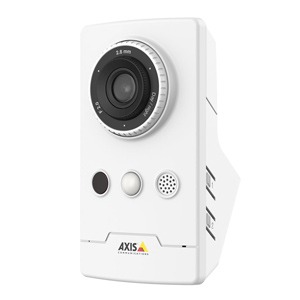
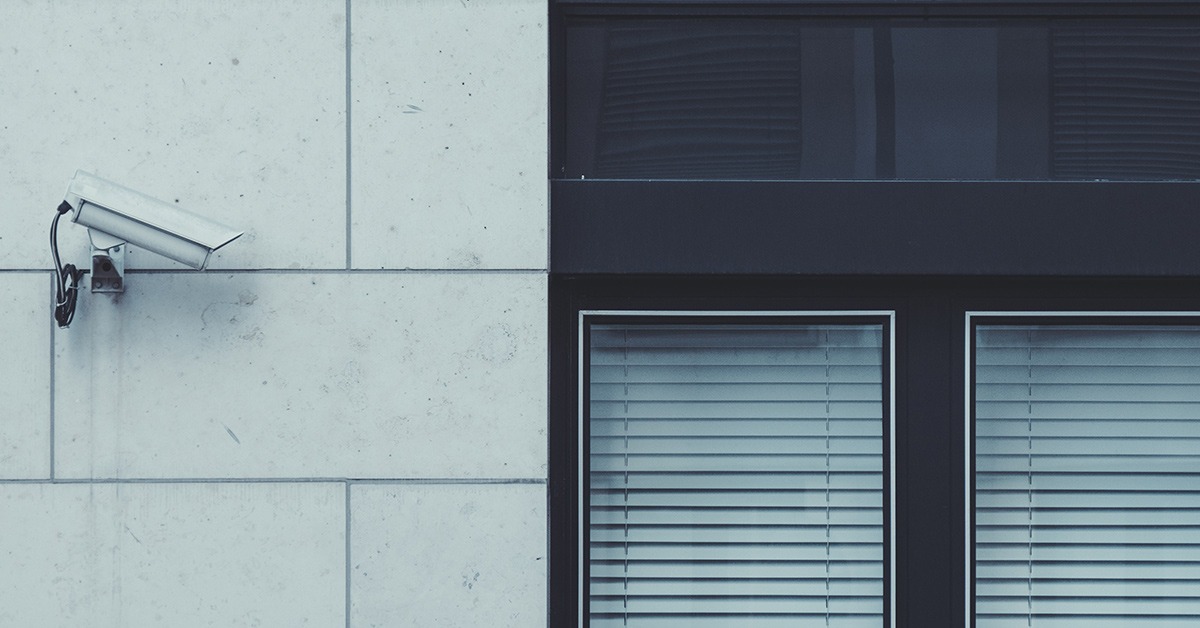


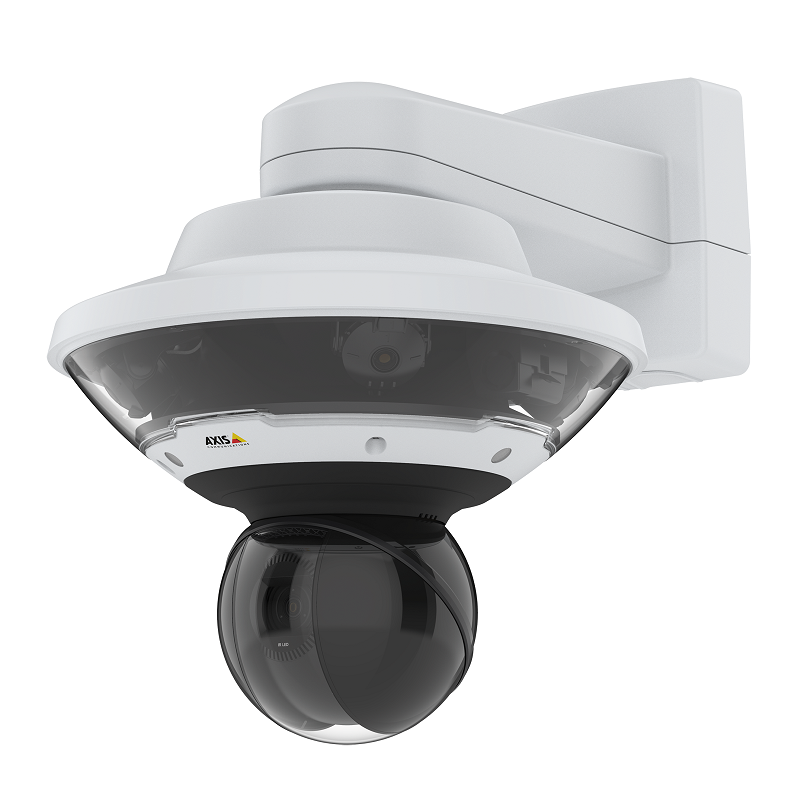
_1.jpg)
